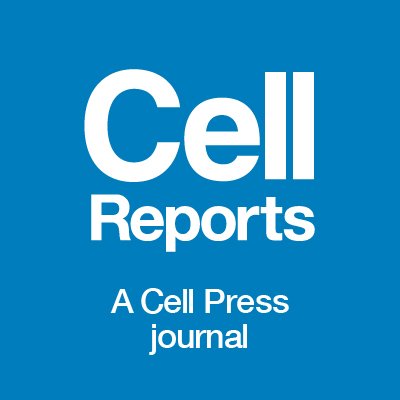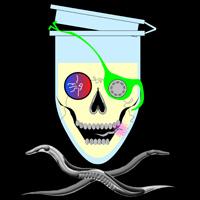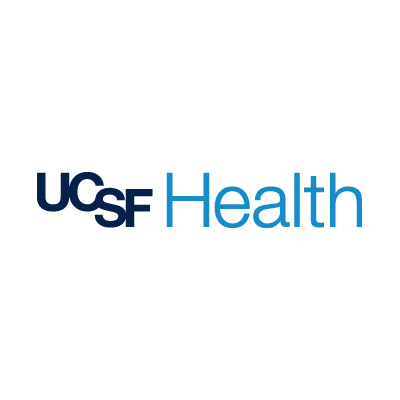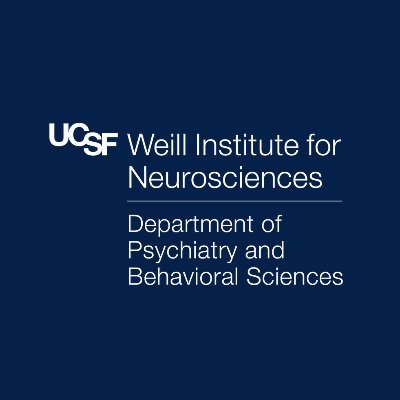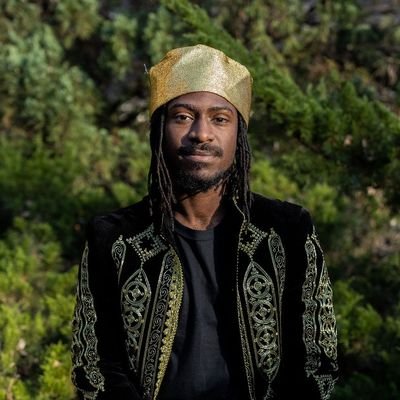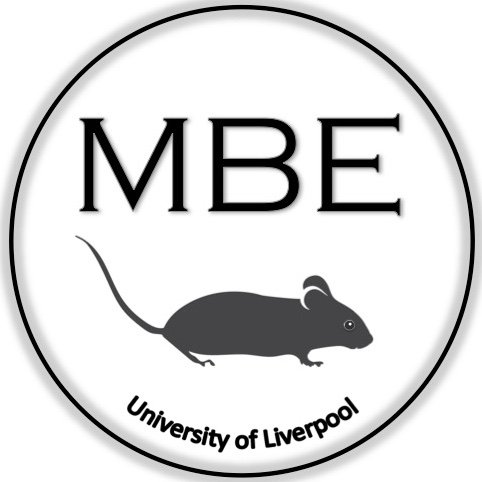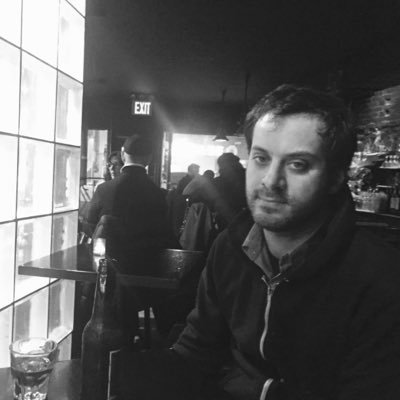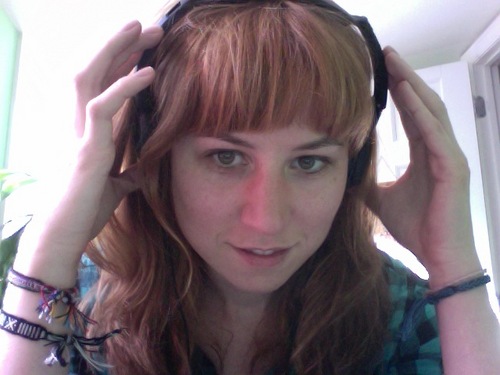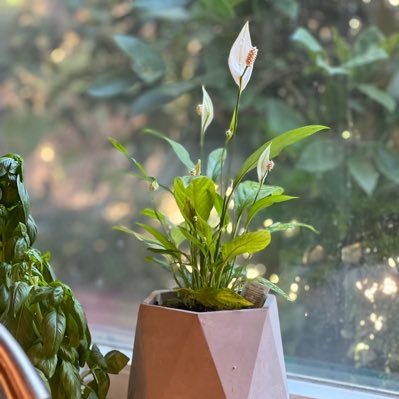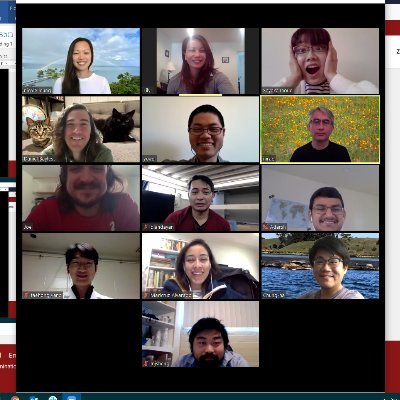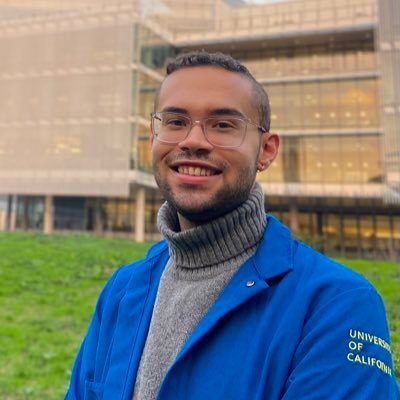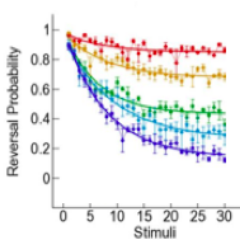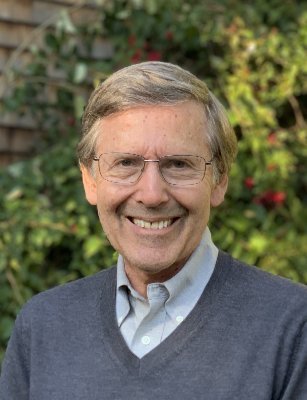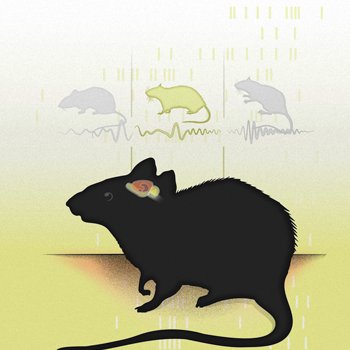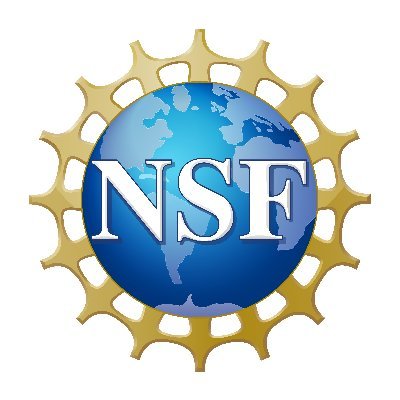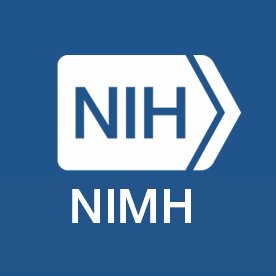
Manoli Lab
@LabManoli
Understanding the neurobiology of attachment. @UCSFPsychiatry
You might like
Prairie voles that don't have oxytocin receptors still bond and parent, as we (@UCSFPsychiatry and @UCSF), @BalesLab & @Shah_Laboratory show in @NeuroCellPress authors.elsevier.com/a/1gUwg3BtfH1Z…

📢🧠 Applications for the 2023 One Mind Rising Star Awards are open! Learn more about and how to apply for our $300K grants supporting early-career neuroscience and psychiatry investigators who are working to accelerate #mentalhealth breakthroughs: onemind.org/rising-star-aw…

High-throughput functional analysis of autism genes in zebrafish identifies convergence in dopaminergic and neuroimmune pathways dlvr.it/Sl4Dmb
Attn FEMALE ‘MENTORS’: Young Female mice exposed to Odor of older female mice live longer. elifesciences.org/digests/84060/…
elifesciences.org
Smells like old age
Young female mice exposed to scents from older females live longer.
Exciting new research update from 2018 One Mind @JanssenUS Rising Star Awardee Dr. Susanne Ahmari sheds light on brain activity in #BingeEating disorder and uncovers a potential treatment target. Congrats @ahmari_lab! Read more: pubmed.ncbi.nlm.nih.gov/36682623/

Our latest! Led by @nathanCSharris & Sam Bates we ask: How do experiences modify neuronal gene expression to drive plasticity? We find that multiple stimulus features can be encoded in the gene expression program of a single sensory neuron.. 1/13 biorxiv.org/content/10.110…
1/ 🧵I’m excited to announce new work from the Clowney lab, led by @mariaahmedch. Maria re-engineered the neuronal constituents and connectivity of an “expansion layer” to ask how quantitative properties of circuit wiring structure perception. biorxiv.org/content/10.110…
New science from Shea Lab: "Selective deletion of Methyl CpG binding protein 2 from parvalbumin interneurons in the auditory cortex delays the onset of maternal retrieval in mice" by @dcarrot2 with a major assist from @PagliaroAlexa biorxiv.org/content/10.110…
#Oxytocin—a hormone long considered essential to social bonding—may not be as critical as originally thought. “While oxytocin has been considered ‘Love Potion #9,’ it seems that potions 1 thru 8 might be sufficient,” Dr. Devanand Manoli (@LabManoli) says. ucsfh.org/3HE7FA7
.@labManoli is calling the role of #oxytocin into question. In a new study with @BalesLab and @Shah_Laboratory, they showed prairie voles without oxytocin receptors can bond, give birth, and feed their young ucsfpsy.ch/3HEFIs8 @UCSF #UCSFWeill

We're very excited and happy that this collaboration is now out in the world! thanks @LabManoli @Shah_Laboratory
Prairie voles that don't have oxytocin receptors still bond and parent, as we (@UCSFPsychiatry and @UCSF), @BalesLab & @Shah_Laboratory show in @NeuroCellPress authors.elsevier.com/a/1gUwg3BtfH1Z…

Congratulations, Dev, Nirao, Maricruz, Yichao, Srini, and the team on this epoch-making paper! 🎉🎉🎉 @LabManoli @NiraoShah @amaricruz3_a @YichaoWei sciencedirect.com/science/articl…
Thought-provoking research from 2021 One Mind @JanssenUS Rising Star Awardee Dr. Devanand Manoli suggests that it may be time to reevaluate long-held hypotheses about the role of oxytocin in some forms of social attachment. Congrats, @LabManoli! Read more: sciencedirect.com/science/articl…

Oxytocin receptor is not required for social attachment in prairie voles cell.com/neuron/fulltex… The tragedy of Science-the slaying of a beautiful hypothesis by an ugly fact (Huxley?). Been on the other side and know how much it stinks-but this is why we do science!
cell.com
Oxytocin receptor is not required for social attachment in prairie voles
Berendzen et al. report the surprising finding that prairie voles lacking the oxytocin receptor (Oxtr) display pair-bonding and parental behaviors, including nursing. Despite many pharmacological...
Prairie voles can form pair-bonds and rear pups without oxytocin receptor signaling, contrary to decades of research stating otherwise. Read more in @NeuroCellPress: cell.com/neuron/fulltex… @LabManoli @Shah_Laboratory

Excited to share my lab’s new paper out today @CellCellPress. "Touch neurons underlying dopaminergic pleasurable touch and sexual receptivity" Congratulations to this amazing team of scientists. cell.com/cell/fulltext/…

Extremely honored for this. Thanks to my lab, IHG members and staff and so many people at UCSF! Looking forward to advancing the IHG and genetics and genomics research at UCSF!
You know Valentine’s Day is rapidly approaching when prairie voles are in the news again! Here’s a piece by @evolbrain @LabManoli and me to get you ready for the upcoming celebration of love with a little (ok not so little) side helping of science! scientificamerican.com/article/monoga…
United States Trends
- 1. Obamacare 162K posts
- 2. Texas Tech 8,670 posts
- 3. St. John 4,120 posts
- 4. Gameday 15.3K posts
- 5. #SaturdayVibes 5,303 posts
- 6. Sesko 48.5K posts
- 7. #Caturday 5,440 posts
- 8. Parker Kingston N/A
- 9. Ugarte 16.9K posts
- 10. Calen Bullock N/A
- 11. Trump Stadium 3,160 posts
- 12. Beaver Stadium N/A
- 13. Good Saturday 34.8K posts
- 14. Insurance 208K posts
- 15. Miss St N/A
- 16. Sunderland 68.8K posts
- 17. #sjubb N/A
- 18. Luis Diaz 29.5K posts
- 19. #BYUFOOTBALL N/A
- 20. Behren Morton N/A
You might like
-
 Scott Russo
Scott Russo
@ScottRussoPhD -
 Dayu Lin
Dayu Lin
@moccalin -
 Weizhe Hong
Weizhe Hong
@TheHongLab -
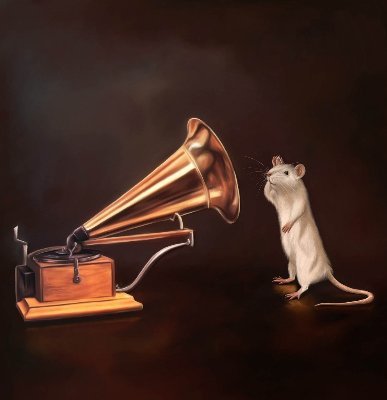 Froemke Lab
Froemke Lab
@Froemkelab -
 Vijay Mohan K Namboodiri
Vijay Mohan K Namboodiri
@vijay_mkn -
 Vikaas Sohal
Vikaas Sohal
@sohallab -
 Jesse Goldberg
Jesse Goldberg
@jesseGlab -
 Niko Rigney
Niko Rigney
@NikoRigney -
 Takaki Komiyama
Takaki Komiyama
@takaki_komiyama -
 Kay M Tye PhD
Kay M Tye PhD
@kaymtye -
 Christian Lüscher
Christian Lüscher
@LUSCHERC -
 AllofUsResearch
AllofUsResearch
@AllofUsResearch -
 Chris Zimmerman
Chris Zimmerman
@ZimmermanNeuro -
 Manoj Doss not exist
Manoj Doss not exist
@ManojDoss -
 Anna Molofsky
Anna Molofsky
@AnnaMolofskyLab
Something went wrong.
Something went wrong.

















